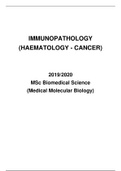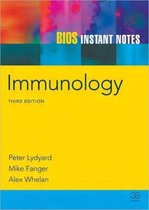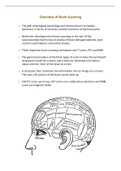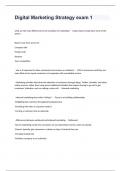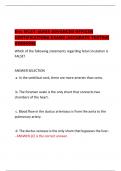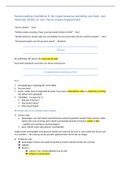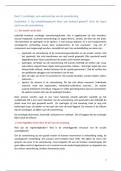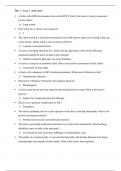Lecture notes
Notes Immunopathology
- Module
- Immunology & Immunopathology
- Institution
- University Of Westminster (UOW)
Includes all topics from the first part of the module about immunology and some topics from the second part of the module focusing on immunopathology. Topics include: - Innate and adaptive immunity - B and T cell development - Antigen processing and presentation by APCs - MHC I and II - Lymphoid o...
[Show more]
